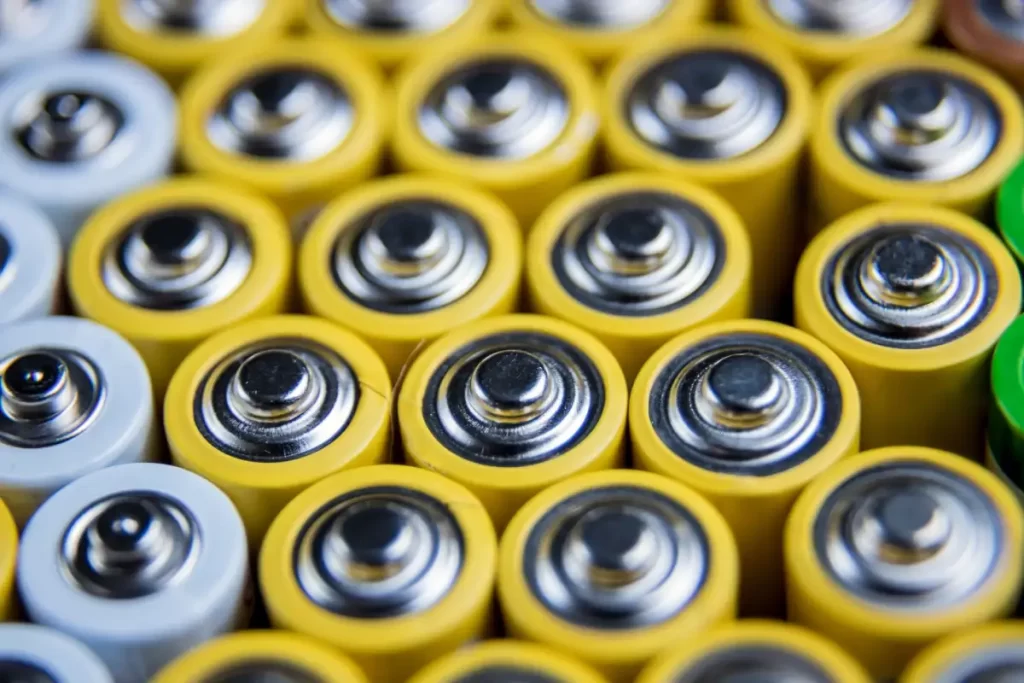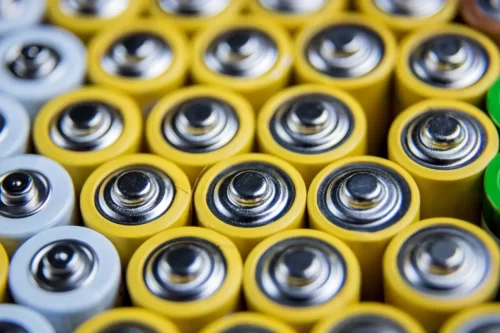Common processes for positive electrode materials: high-temperature solid-phase reaction
In the preparation of inorganic electrode materials for lithium-ion batteries, high-temperature solid-phase reaction is most commonly used.
High-temperature solid-phase reaction: refers to the process in which reactants including solid-phase substances react at a certain temperature for a period of time, through the mutual diffusion between various elements, chemical reactions occur, and compounds with the most stable structure at a certain temperature are generated, including solid-solid phase reaction, solid-gas phase reaction and solid-liquid phase reaction.
Even if sol-gel method, coprecipitation method, hydrothermal method and solvent thermal method are used, solid-phase reaction or solid-phase sintering is usually still required at a higher temperature. This is because the working principle of lithium-ion batteries requires that their electrode materials can repeatedly embed and extract Li+, so their lattice structure must have sufficient stability, which requires that the active material has high crystallinity and regular crystal structure. This is difficult to achieve under low temperature conditions, so the electrode materials of lithium-ion batteries currently used are basically obtained through high-temperature solid-phase reaction.
The positive electrode material processing production line mainly includes mixing system, sintering system, crushing system, water washing system (only high nickel), packaging system, powder conveying system and intelligent control system.
The semi-finished products produced through the high-temperature sintering process generally need to be crushed and graded to meet the product standards. Different positive electrode materials have different sintering temperatures. Some materials have severe agglomeration due to their high sintering temperatures, and require different levels of crushing, such as jaw crushing, roller crushing and ultrafine crushing. The main equipment involved are jaw crushers, roller crushers, rotary mills, high-speed mechanical impact crushers and air flow crushers.


